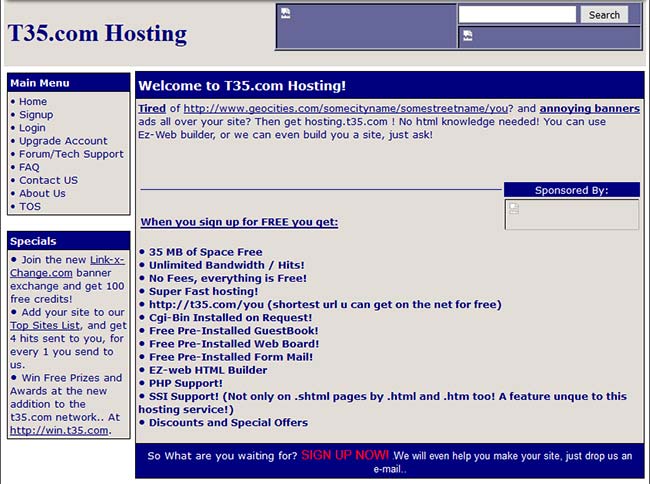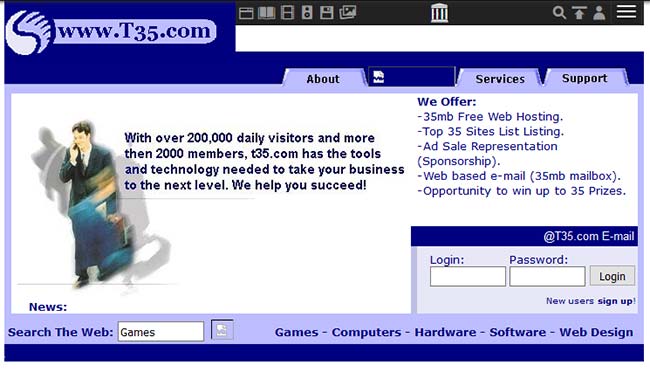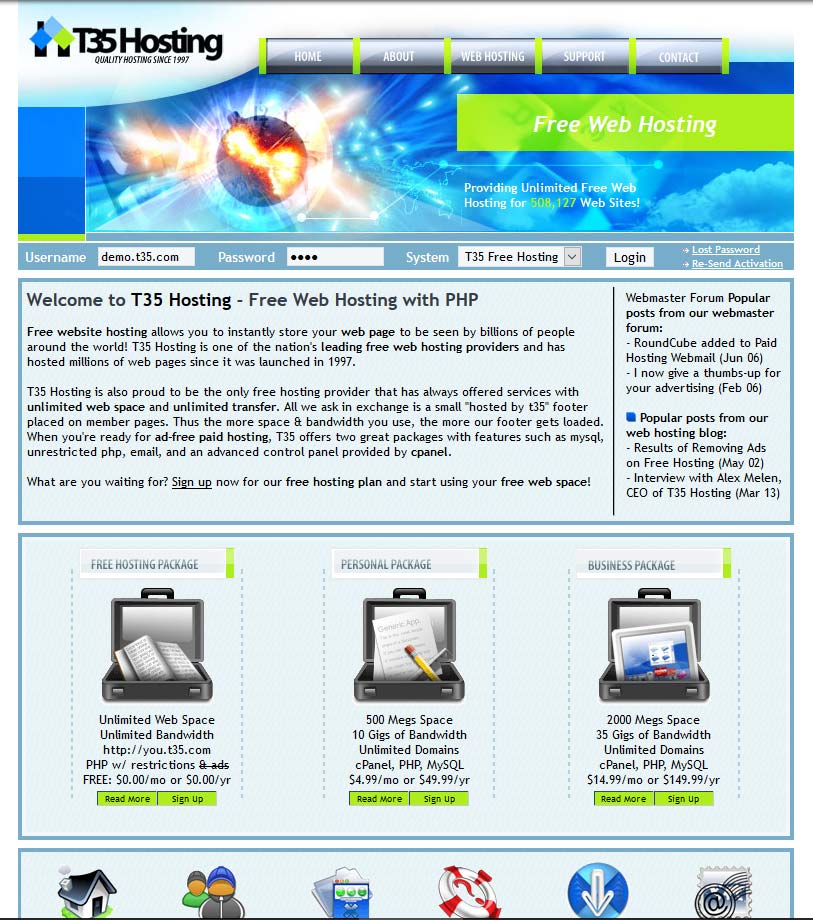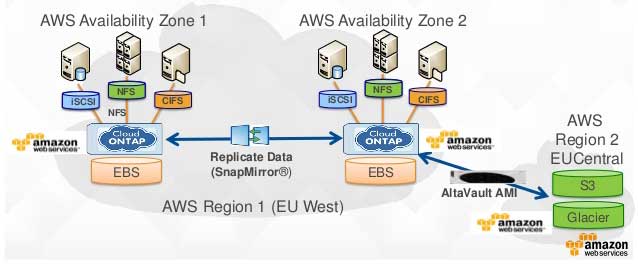Would you pay over $1,000 to get to the front page of Digg? Well, you’d actually need to pay more than that. According to TechCrunch, a “power Digger” charges $1,200 to get your story to the front page. With no guarantees, you put in a four figure investment and hope that your story fares well. Many have been using and abusing the giant social bookmark in an attempt to tap into some of its enormous potential. Being one of the biggest 200 websites in the world according to Alexa, Digg is one of the only ways that most webmasters have into making mainstream.
Digg however isn’t easy to conquer by yourself. The ability to get a story popular on Digg has turned into a market in itself. A story must have around 200 Diggs (no, this number is not exact and Digg does change its algorithm often) to become “popular.” Becoming a popular gives your submission endless benefits. A term called the Digg Effect has even been coined to express the aftermath of a popular story.
Automated systems such as UserSubmitter and Subvert and Profit have decided to take a tactical approach to the problem. Their system is simple: Diggers Digg stories while webmasters get their stories Dugg. Diggers get paid for Digging, webmasters pay to get Dugg, and the system gets a piece of the pie. Everyone is happy, right? Wrong.
Digg is left in the crossfire of all this exchange. A system that is made and run by people is being abused and spammed by stories that would otherwise never make it. Digg isn’t happy and neither are their investors. Having only a small portion of the users control a majority of the content poses a problem. In fact, Digg has recently banned dozens of its most active users. Their goal was to find people abusing their system – specifically with scripts and programs. However, they ended up deleting many users that have testified to never using an automated system in their life. These once loyal and active Digg members have been punished for doing nothing wrong.
So as webmaster, marketers, and bloggers alike – how should we go about to tapping into Digg’s potential? We can use automated systems and risk having ourselves and our websites banned from Digg forever. Website giants such as DigitalPoint have been banned and despite their best efforts, are still banned. We could always hire the expert from TechCrunch, but $1200 is a steep investment to make with no promises made.
There is one more service we found: SocialElves. Social Elves has connections with many power Diggers and promises to get your submission popular. At a cost of only $300, it seems like the most practical solution. Any catches? Well, there are a few. Since they do not directly pay anyone to Digg or use any automated systems, they cannot make just any submission popular. In fact, they admit to refuse most submissions. So you must have an interesting and “diggable” story before coming to them. That means no “get rich fast” schemes guys! They do have a money back guarantee – giving you $1.50 for any Diggs under 200.
Digg is a great resource and definitely something that most webmasters should try to tap into. If you have the time and energy, you can become an active Digg user and try to push your own stuff. However, this can waste hundreds of hours and take months. Alternatively, you can try your luck with SocialElves or another service. In any case, make sure to let us know how you do!
Have you had experience with Digg, SocialElves, or anything else I mentioned above? Let me know! Comment below.













